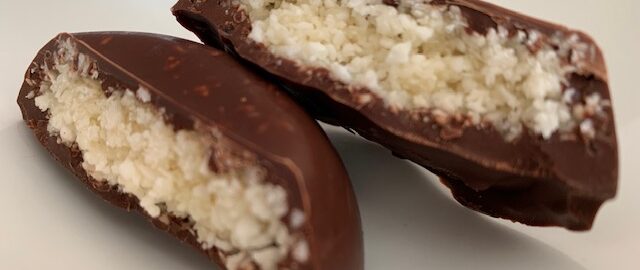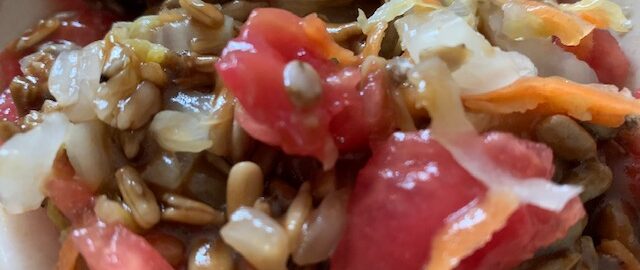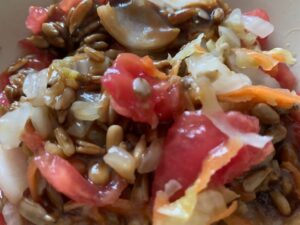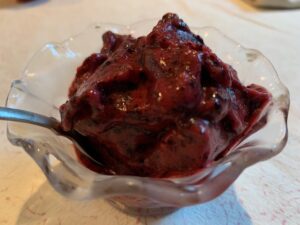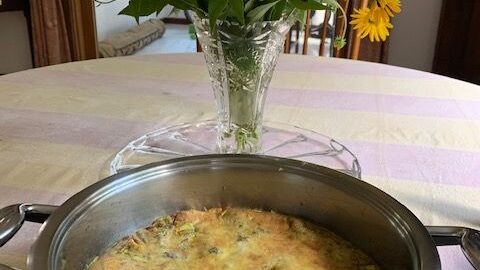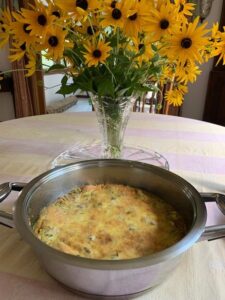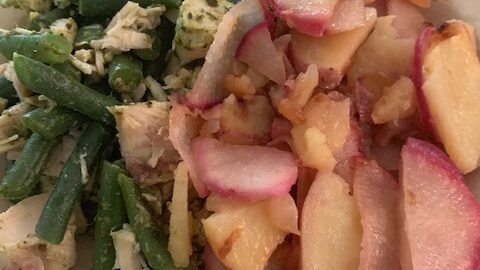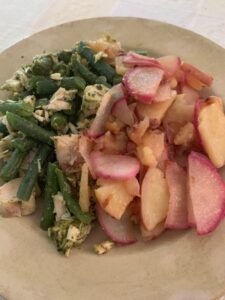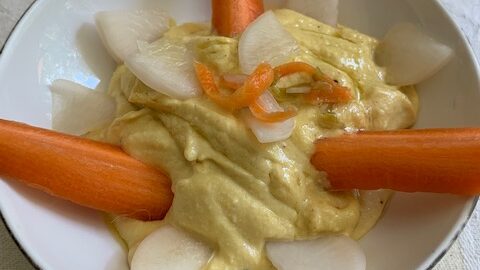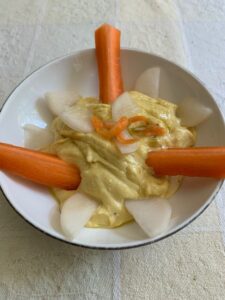This is an update on a recipe I posted years ago. I have found that adding coconut milk offsets the dry nature of millet very well. Also, if you have leftover millet that you are re-heating, add some coconut milk instead of water to heat it up. Millet is a nice summer grain and the coconut milk sweetens it up.
Many people have never tasted millet and don’t know what they are missing! It needs to be prepared properly to avoid tasting “dry” so that I do not recommend cooking it as you would brown rice. Follow these directions and let me know what you think! To me it’s as good as corn grits but not as heavy on the stomach. Robert Gray (formulator of very popular bowel cleansing products) reported that millet is alkaline to the system unlike most of the other grains. You need a blender that will hold at least 2 cups and a fine strainer for this recipe.
Serves 2-4
1 cup organic whole millet (available at health food stores)
2 cups water
2 Tbsp. butter or ghee
salt and pepper to taste
1/4 coconut milk (optional)
Put the millet in a blender container. Add about 2 cups of water and blend for at least 2 minutes. Pour the mixture into a strainer over the sink letting the milky-white liquid go down the drain. Keep the millet in the strainer and continue to wash it until the rinse water turns clear. This process removes strong tasting compounds in the outer portion of the millet grains making them milder tasting and easier to digest. The mechanical action of the blender also breaks some of the grains up so that once cooked the millet is more like grits.
After the millet is clean, transfer it to a sauce pan and add 2 cups of water. Bring to a boil and immediately reduce the heat to very low so that it simmers. Cover with a lid. Simmer until most of the water is absorbed and the millet tastes soft–about 15-20 minutes. Add the butter or ghee and salt and pepper to taste. If desired, add the coconut milk. Serve as you would grits.
